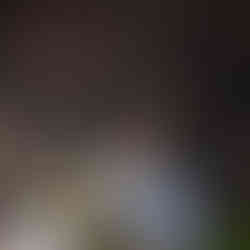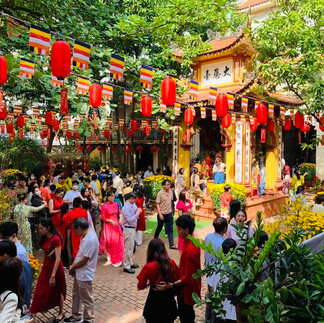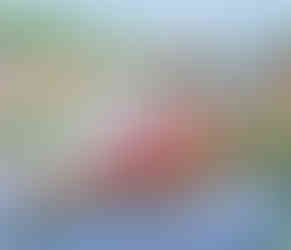Lunar New Year in Vietnam
- Thi Thuy Dung Nguyen
- Feb 3, 2024
- 3 min read
According to the Vietnamese zodiac, 2024 is the year of the Dragon.

In Vietnam, we follow both the solar (the calendar the West uses) and lunar calendars. Whilst the solar calendar is commonly used in our daily lives, the lunar calendar is used for spiritual and traditional practices. It is believed to have a significant impact on feng shui. This year the New Year falls on the 10th of February based on the solar calendar. Lunar New Year (or Tết Nguyên Đán) is the most important holiday for Vietnamese to gather and celebrate with their families, which is similar to Christmas in the UK. Vietnamese culture emphasises the importance of a fortuitous fresh start, surrounded by family and loved ones.
Many activities are involved in the preparation and celebration of Tết, including before, during and after New Year's Eve.
Before New Year's Eve
Vietnamese believe that their house should be cleaned thoroughly and decorated to remove all the bad luck and welcome the New Year. People prepare for the holiday weeks in advance, including buying new clothes, getting haircuts, shopping for trees and other decorations for their homes, cleaning and cooking special dishes for this occasion, for example, "bánh chưng", fried rolls and caramelised braised pork.
Apricot blossoms, Peach blossoms, and Kumquat trees can be seen everywhere, similar to Christmas trees being put up at Christmas.
During New Year's Eve

This is a typical meal prepared as an offering for the Deities worshiped in the Vietnamese folk religion and the ancestors. There will be two meals presented: one inside the house for their ancestors; and one outside to greet the Gods and pray for their blessing and protection. The ceremony is done on New Year's Eve. This involves a representative of the family lighting up three incense sticks and reading the prayers out loud in front of the altar/ table with the offering.

One common practice in the North is to shower with fragrant water infused with flowering coriander leaves. This is a ritual to wash away the bad luck from the previous year and get ready for a new start. After this, Vietnamese people put on new clothes, gather with their families and wait for the countdown to the New Year together.
At 12:00 AM, there is a firework display set up by the local government as it is illegal for Vietnamese citizens to buy or store fireworks. Everyone in the family gives each other best wishes for a successful, peaceful and happy New Year. Adults start giving out lucky money in a red envelope to children, wishing for them to eat well and grow fast.

It is believed that the first guest to enter the house (xông nhà) can affect how the New Year will progress, good or bad depending on feng shui. Therefore, people often invite someone suitable, which varies each year, to come in hopes of bringing luck, wealth and happiness to the family.
After New Year's Eve
The first several days of the Lunar New Year are the time for people to visit their extended family and friends. Many people also go to temples and/or pagodas to pray to gods, significant historical figures and Buddhists.
There are also many festivals with parades, entertainment and traditional games and sports all across Vietnam in the first month of the New Year.
The traditions and practices may vary in different areas of Vietnam; nevertheless, Tết brings Vietnamese families together, spending time to catch up, relax and look forward to a good year ahead.
~Duyen (Melanie) Nguyen, Feb 2024


























Comments